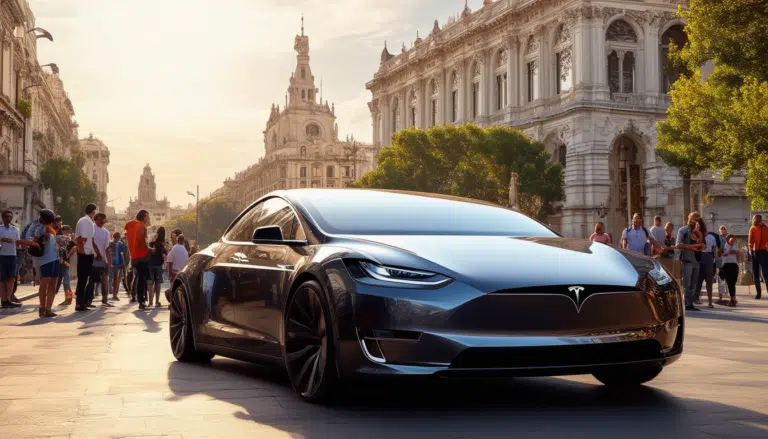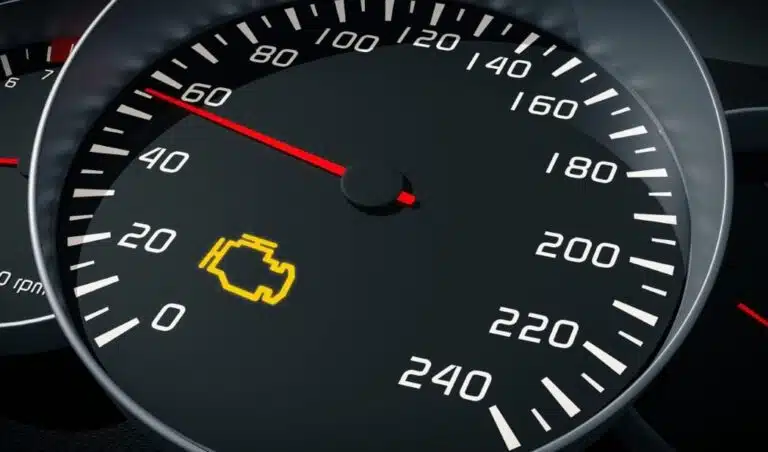Microhybrid: Definition and Operating Mechanism
Currently, vehicles that incorporate mild hybrid technology are gaining popularity as a more eco-friendly and efficient option. These cars use a propulsion system that combines a combustion engine with a small electric motor, which provides assistance to the main engine during operation. This approach not only helps reduce fuel consumption and CO2 emissions but also improves driving dynamics by offering additional boost at key moments. Below, we will explore in depth what a mild hybrid car is and how its sophisticated mechanism works.
Mild hybrid cars, also known as MHEV (Mild Hybrid Electric Vehicle), represent a modern and efficient alternative in the automotive sector. These vehicles combine an internal combustion engine with a low-voltage electric propulsion system, providing more efficient driving and reducing fuel consumption. This article will explore in detail what mild hybrids are, how they work, and what their benefits and drawbacks are.
What is a Mild Hybrid?
A mild hybrid car is a vehicle that uses a propulsion system that combines a combustion engine (either diesel or gasoline) with a small electric motor. Unlike conventional hybrids, where both engines can operate independently, mild hybrids primarily rely on the combustion engine, using the electric system as support.
This electric system is powered by a battery, typically 48 Volts, which assists the main engine during critical driving phases, such as starting and acceleration, thus helping to reduce fuel consumption and consequently CO2 emissions.
Functioning Mechanism of a Mild Hybrid
Combustion Engine and Electric System
The main engine of a mild hybrid operates using gasoline or diesel fuel, depending on the model. Simultaneously, a small electric motor acts as a generator and starter motor, facilitating a more agile and efficient start. This electric motor provides approximately 12 kW of additional power at critical moments, thus improving the overall performance of the vehicle.
Energy Recovery
One of the most interesting features of mild hybrids is their ability to recover energy. During deceleration or braking, the energy recovery system captures some of the energy that would normally be lost and stores it in the battery. This process occurs through a system known as MHSG (Mild Hybrid Starter Generator), which transforms the kinetic energy generated into electricity for later use.
Assistance in Demanding Driving Conditions
In high-demand conditions, such as when starting or during sudden acceleration, the electric system of the mild hybrid assists the combustion engine by providing additional thrust. This not only improves the vehicle’s response but also makes the start less demanding on the main engine, thereby contributing to less wear and tear on mechanical components.
Benefits of Mild Hybrids
Mild hybrid cars offer several benefits, including:
- Reduction in fuel consumption, which can reach up to 7% in demanding driving conditions.
- Lower CO2 emissions compared to conventional vehicles.
- Similar maintenance to a conventional car, simplifying the owner’s needs.
- Maintained cargo space, as the system integrates efficiently into the vehicle’s design.
Drawbacks of Mild Hybrids
Despite the advantages, it’s important to consider some negative aspects of mild hybrids:
- The total dependence on the combustion engine, meaning they will never operate fully electric.
- The recycling of the batteries used in these vehicles remains a considerable challenge for the industry.
Final Considerations
Mild hybrids are establishing themselves as a viable option for those looking for a more efficient vehicle, with a lower environmental impact and without the need to change their driving habits. As technology advances, these cars will continue to evolve, offering not only benefits in terms of sustainability but also a satisfying driving experience.
If you are considering a mild hybrid model, make sure to research the available options in the market, including popular models like the Hyundai i30, which combines technology and style exceptionally.
A mild hybrid car, also known as MHEV, is a vehicle that combines an internal combustion engine, either gasoline or diesel, with an electric propulsion system. This type of vehicle uses a small electric motor that is powered through a 48-volt battery, which improves the car’s energy efficiency. Unlike conventional hybrids, in mild hybrids, the combustion engine remains primarily responsible for the vehicle’s propulsion, while the electric system acts as a complement to optimize fuel consumption and reduce CO2 emissions.
One of the most notable aspects of how a mild hybrid works is its ability to support the combustion engine during critical moments, such as during starting or during sudden accelerations. Thanks to this system, it is possible to reduce fuel consumption by up to 7%, which not only represents an economic saving for the driver but also contributes to lower environmental pollution. This system is powered by the energy recovered during braking, transforming it into electricity stored in the vehicle’s battery.
Additionally, by choosing a mild hybrid car, drivers can benefit from tax incentives and environmental labels, allowing them access to restricted urban areas and enjoying advantages in circulation-related taxes. Maintenance for these vehicles is relatively straightforward, similar to that of a conventional car, although it is advisable to pay special attention to their electrical system and battery.
In summary, mild hybrids offer a practical and efficient solution for those seeking a more sustainable mobility option that aligns with environmental needs while ensuring a satisfying driving experience.






